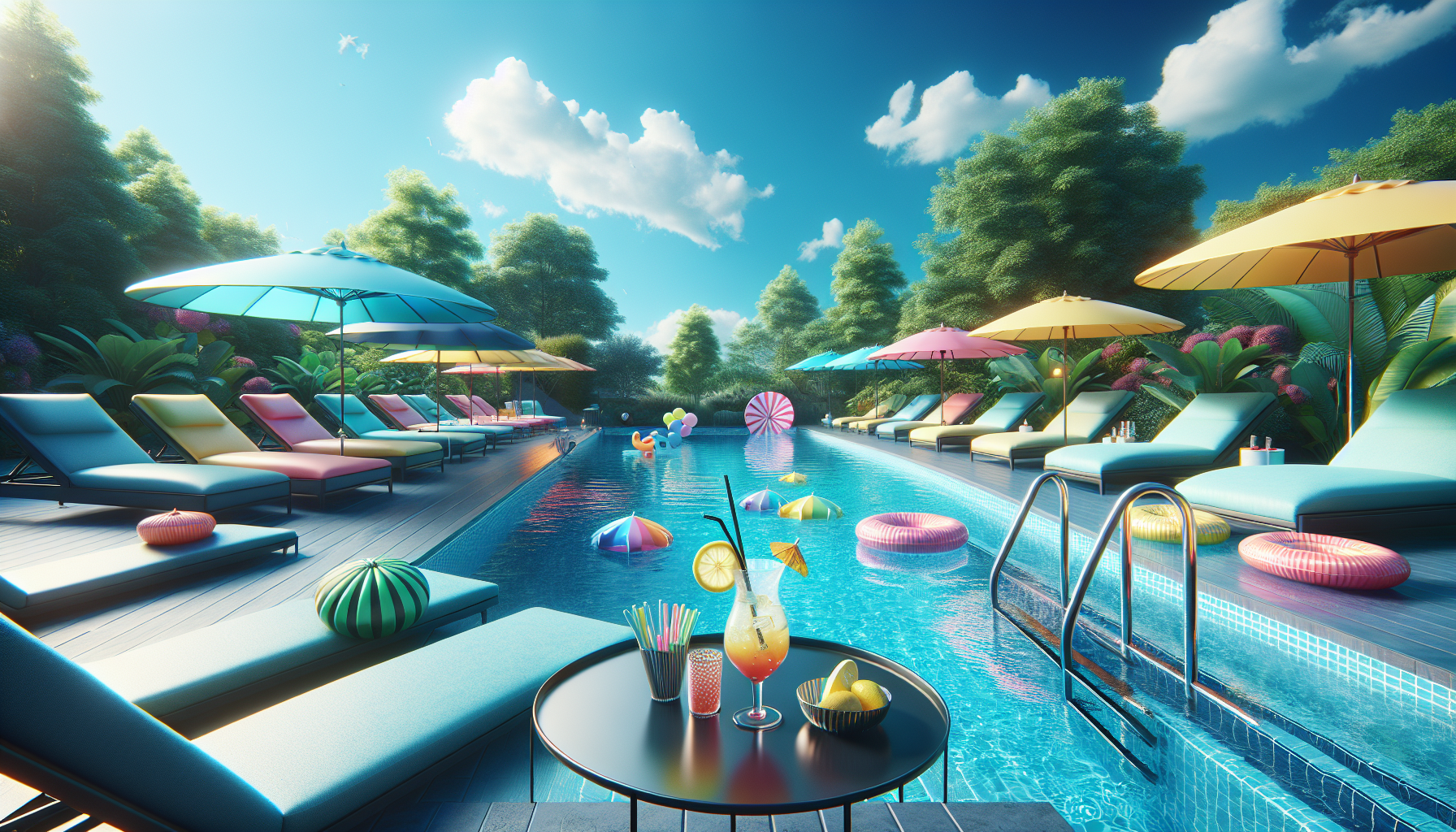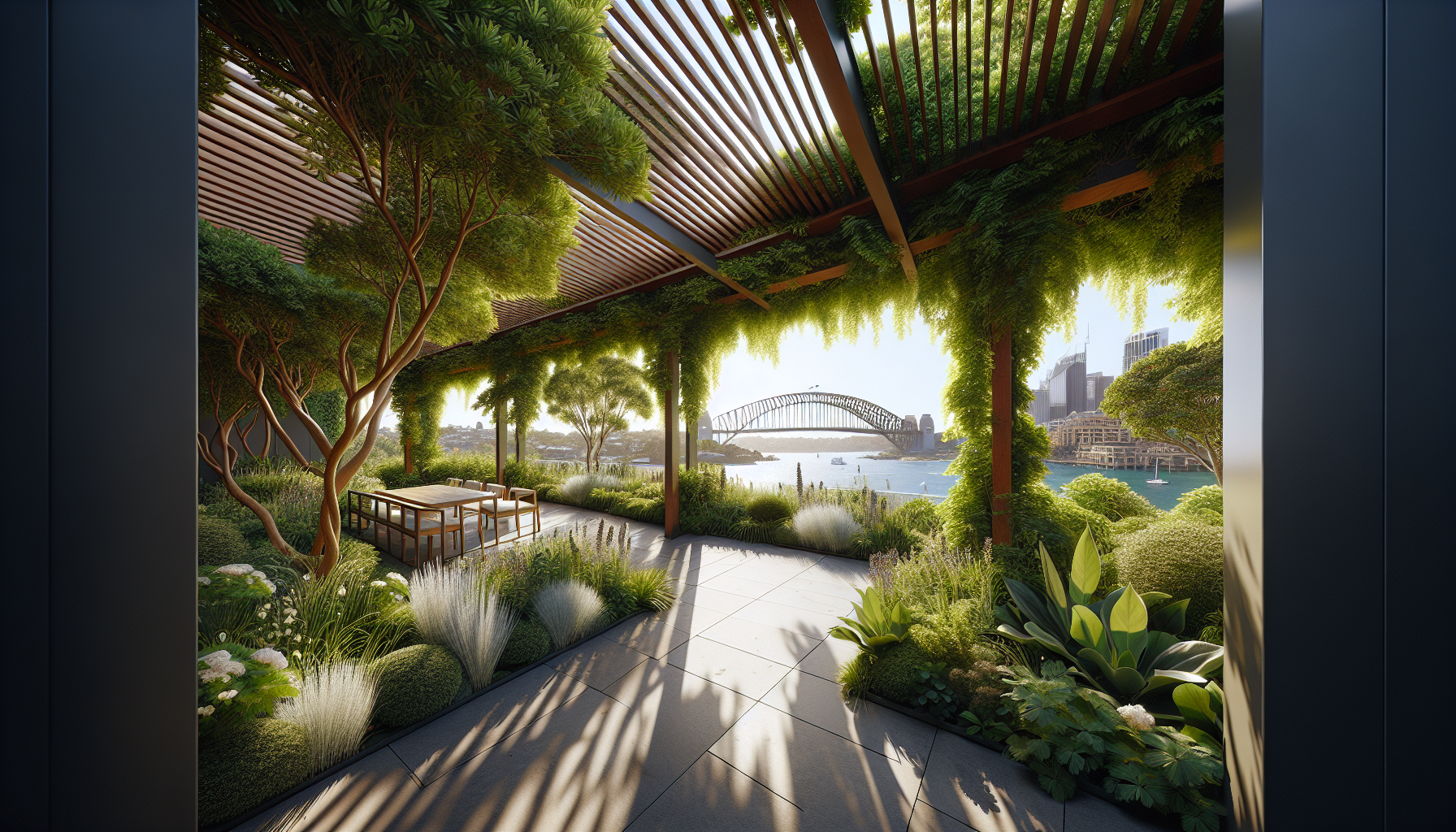Understanding Shade Structures: Definition and Importance
Shade structures, fundamentally, are installations designed to protect from the sun’s harmful ultraviolet (UV) rays. These structures vary widely in design and materials, but their primary purpose remains consistent: to cast a shadow that provides a cooler, shaded area beneath. Sh shade structures serve a dual purpose at their core, combining functionality with aesthetic appeal. They are an essential element in landscape architecture and are commonly utilized in parks, playgrounds, public gathering spots, and residential settings.
From an architectural standpoint, shade structures can be freestanding or attached to existing buildings, offering flexible solutions to suit a wide array of spaces and design preferences. Choices range from pergolas and gazebos to canopies and shade sails. Importantly, the effectiveness of a shade structure is measured by its ability to not only block direct sunlight but also improve comfort levels by lowering ambient temperatures. This cooling effect is critical in creating safe and comfortable outdoor environments, particularly in regions with predominantly warm and sunny climates.
Beyond their practical uses, shade structures also carry significant health benefits. By reducing exposure to direct sunlight, they play a crucial role in skin cancer prevention. Public health campaigns often emphasize the importance of seeking shade, especially during peak sun hours, to mitigate the risk of both immediate and long-term sun damage. Consequently, well-designed shade structures become an important factor in public health and well-being, encouraging outdoor activities while promoting protective measures against sun-related health risks.
Moreover, shade structures contribute to the sustainability of outdoor spaces. Construction materials are often chosen for durability and eco-friendliness, with some structures incorporating photovoltaic panels to harness solar energy. The strategic placement of these structures can also minimize the heat island effect in urban areas, aiding in the reduction of energy consumption by decreasing the need for air conditioning in nearby buildings. In essence, shade structures invest in both environmental stewardship and community health.
Types of Shade Structures: From Pergolas to Canopies
When considering outdoor living spaces, selecting shade structures can significantly enhance comfort and aesthetic appeal. Shade structures range in design, materials, and functionality, allowing customized solutions that fit various landscapes and preferences. This variety ensures a perfect shade solution for patios, gardens, and other outdoor areas, offering protection from the sun’s harsh rays while also contributing to the overall design of the space.
Pergolas are among the most popular shade structures, known for their distinct lattice roof allowing varying levels of sunlight. Ideal for climbing plants, pergolas can create a natural canopy of greenery while providing shade. These structures come in various materials, including wood, metal, and vinyl, each offering different levels of durability and maintenance requirements. Pergolas create a defined outdoor space that lends itself to various activities, from dining al fresco to lounging with a good book.
On the other hand, canopies are more versatile and often portable shade options that are perfect for temporary needs yet can also be used for long-term applications. They come in retractable styles, allowing for user control over how much sunlight filters through. Canopies are excellent for outdoor events, picnics, or simply as an addition to a patio space, providing immediate and adaptable shade. Manufactured in various sizes, colors, and materials, canopies can fit a vast array of style preferences and functional needs.
Another shade structure option is the pavilion, which stands out for its octagonal shape and is usually freestanding, detached from the main home. Gazebos are often used as focal points in gardens and are built with a solid roof to provide full shade and shelter from the elements. They work well for both intimate settings and larger gatherings, establishing an inviting outdoor room that beckons visitors to enjoy the serene surroundings. With their architectural detail, gazebos can greatly enhance the aesthetic character of an outdoor space.
Choosing the Right Material for Your Shade Structure
When selecting the appropriate material for your shade structure, several factors need to be taken into account. The primary considerations should include durability, maintenance, aesthetics, and the material’s performance under various weather conditions. Materials such as polyethylene, PVC, canvas, and metal are popular choices, each offering unique advantages. For long-term durability and minimal maintenance, metal structures like aluminum and steel can provide a sturdy framework that resists corrosion and wear. On the other hand, fabric-based materials such as polyethylene or canvas are favored for their versatility and the soft ambiance they create.
Fabric materials for shade structures, such as high-density polyethylene (HDPE) meshes, are especially effective at blocking harmful UV rays while allowing optimal airflow, making them a prime choice for playgrounds and outdoor seating areas. These fabrics are often treated with UV stabilizers and antimicrobial agents to enhance performance and longevity. In contrast, PVC-coated polyester is lauded for its water-resistant properties, making it a go-to option for areas prone to rainy or damp conditions. The selection ultimately hinges on the desired balance between protection, breathability, and moisture resistance tailored to the environment where the shade structure will be used.
Color stability is another key consideration when choosing the right material for your shade structure. Exposure to sunlight can cause some materials to fade or discolor over time. Manufacturers often incorporate colorfast technologies into their fabric selections to combat this effect. Metallic options like powder-coated aluminum offer a broad spectrum of colors and provide protection against fading and chipping. When selecting the color and finish for your structure, it’s essential to consider both the functional benefits and how it will complement the surrounding environment and architecture.
Beyond individual material properties, integrating your shade structure with its surroundings is an aspect not to be overlooked. Coordination with existing landscape and architectural elements can be achieved through thoughtful material textures and colors selection. A well-integrated shade structure serves its purpose of providing comfort and enhances the overall appeal of the space. Whether opting for a sleek metallic look or a warm, natural fabric, the choice should consider the setting and contribute to a cohesive visual flow.
Design Ideas for Integrating Shade Structures Into Your Outdoor Area
Introducing shade structures into your outdoor area is not just about staying cool; it’s a style statement that blends functionality with aesthetics. When designing your outdoor space, consider incorporating various shade elements that can enhance the living experience while complementing your taste and the architecture of your home. From pergolas draped with vining plants to modern sail shades that add a touch of sophistication, the possibilities are as varied as they are exciting.
Pergolas, often constructed of wood or metal, can form the backbone of your outdoor shade design. The lattice roof of a pergola provides dappled sunlight, perfect for a leisurely afternoon outdoors. Yet, they are more than just protective structures; when combined with climbing plants or hanging baskets, they become lush havens inviting nature into your lounge area. For a more intimate setting, try adding sheer curtains around the perimeter, enhancing privacy and ambiance.
On the other hand, retractable canopies offer a flexible solution that can provide shade during the peak sun hours and retract to enjoy clear skies or starry nights. These systems can be custom-designed to fit your space and include automation features for ease of use. Whether attached to your home or freestanding, these adaptable structures can seamlessly integrate into your landscape design, offering convenience and style.
Shade sails are an increasingly popular option for a more modern and sleek design. These tensioned fabric canopies bring a nautical flair to your backyard and can be installed in various angles to create dynamic patterns and focal points. The high-density polyethylene fabric blocks up to 98% of harmful UV rays and allows air circulation, keeping the area beneath pleasantly cool. The sculptural quality of shade sails makes them a source of shade and an artistic installation that enhances the visual interest of your outdoor space.
Maintenance Tips for Long-Lasting Shade Structures
Ensuring the longevity of your shade structures is fundamentally about regular maintenance. The diligence with which you attend to your shade structures can significantly impact their durability and functionality. Conducting periodic inspections is one of the first steps in maintaining a quality shade system. Look for signs of wear and tear, such as tears in the fabric and rust on any metal components, and check for any loose bolts or connections. Detecting and addressing these issues early can help prevent further damage and extend the structure’s life.
Cleaning and caring for the fabric of your shade structure is another essential maintenance element. Over time, dirt and debris can accumulate on the surface, potentially leading to mildew or fabric degradation. It is recommended to gently wash the fabric with mild soap and water and avoid abrasive cleaners that can damage the protective coatings. If your shade structure is retractable, ensure the mechanism operates smoothly without sticking or resistance. Lubricate moving parts as specified by the manufacturer to keep everything functioning correctly.
For permanent shade structures with metal supports, rust prevention is key. Exposure to moisture and environmental elements can cause corrosion, weakening the structural integrity over time. Regularly check for scratches or chipped paint that exposes the metal and treat these spots promptly using rust-resistant paint or a rust converter. In coastal areas or environments with a high risk of rust, consider investing in structures made with weather-resistant materials like galvanized steel or aluminum.
Lastly, environmental factors should be considered when maintaining your shade structures. After heavy weather events like storms or high winds, inspecting for any damage or debris that may have been caused is crucial. Ensure that all parts are secured and intact, and remove any branches, leaves, or foreign objects that could have become entangled in the structure. If your region experiences snow, regularly remove it from the top of the structure to prevent excessive weight load, which could lead to bending or collapse of the supports.




